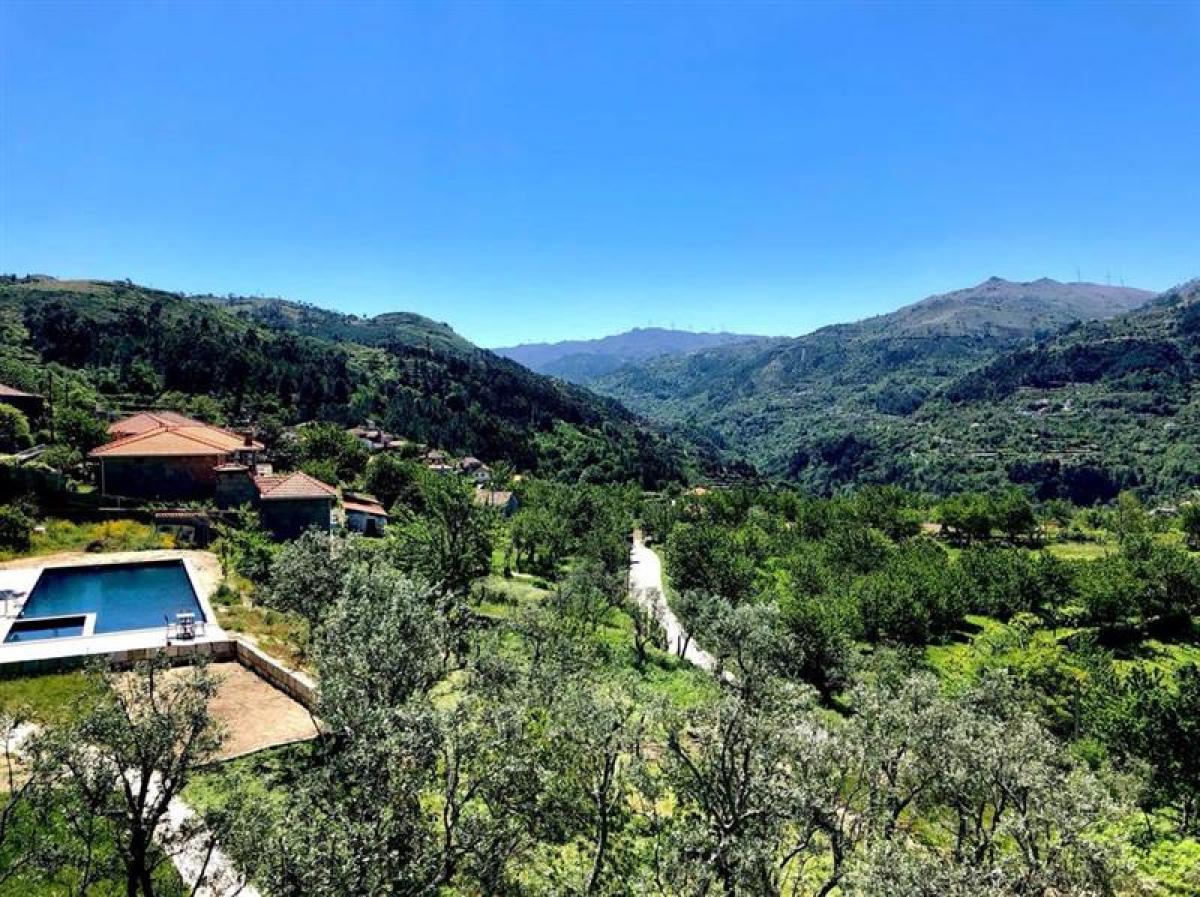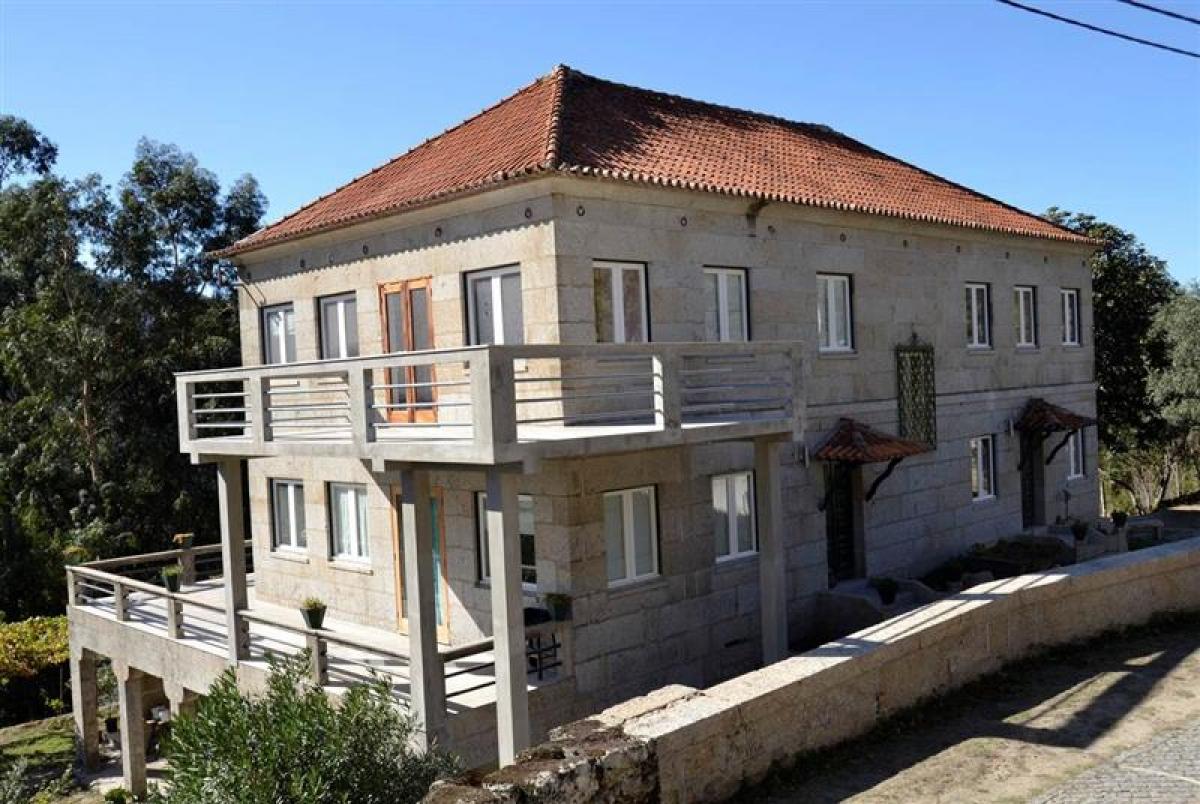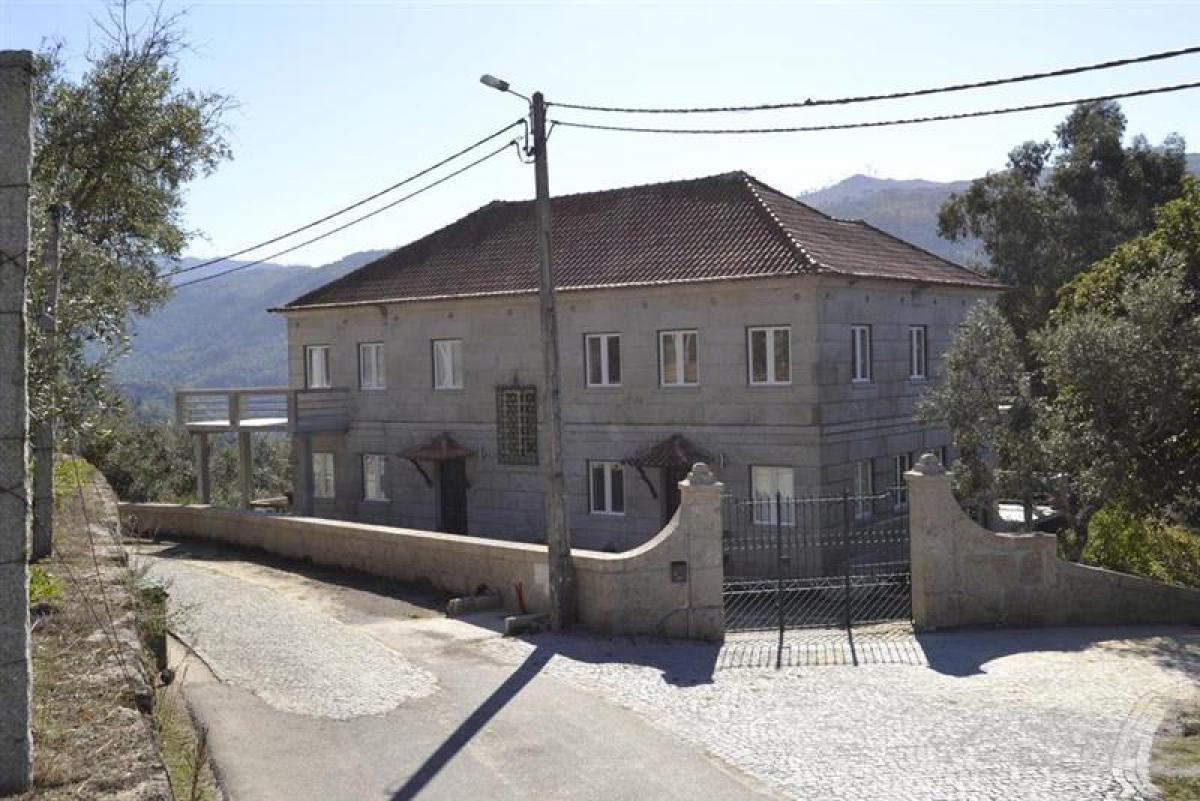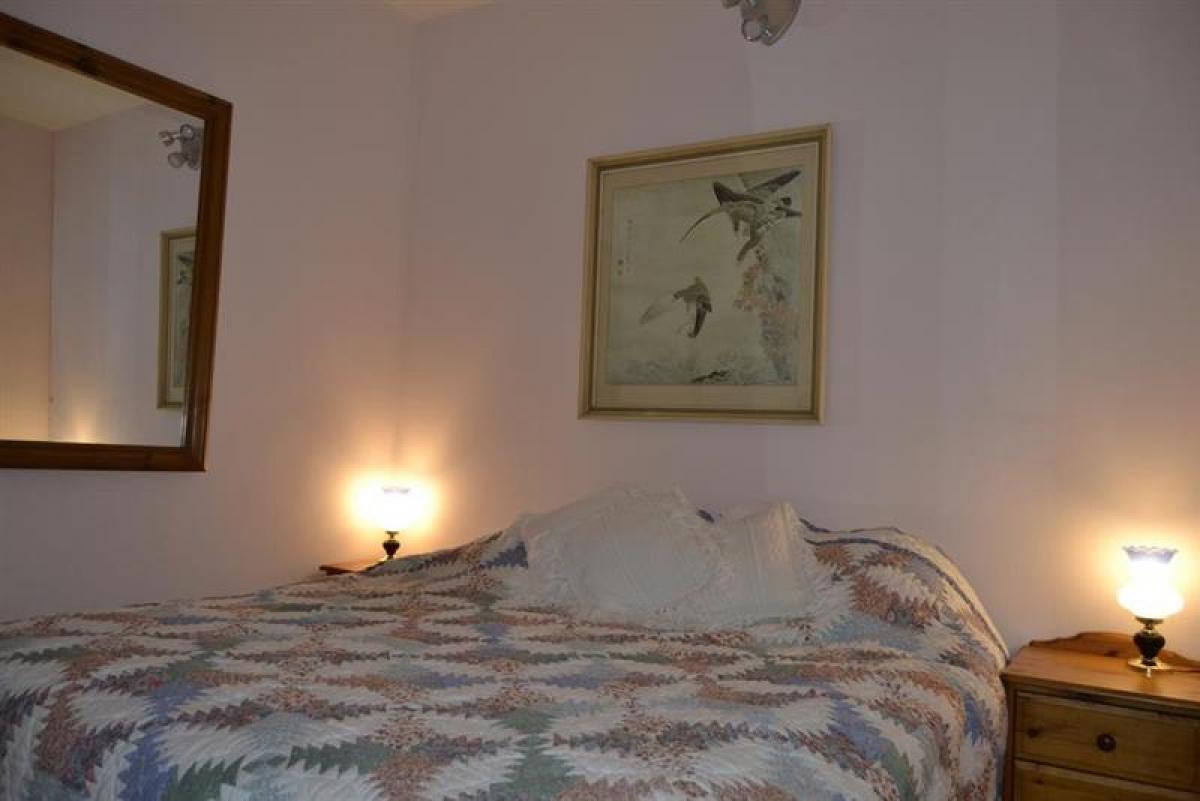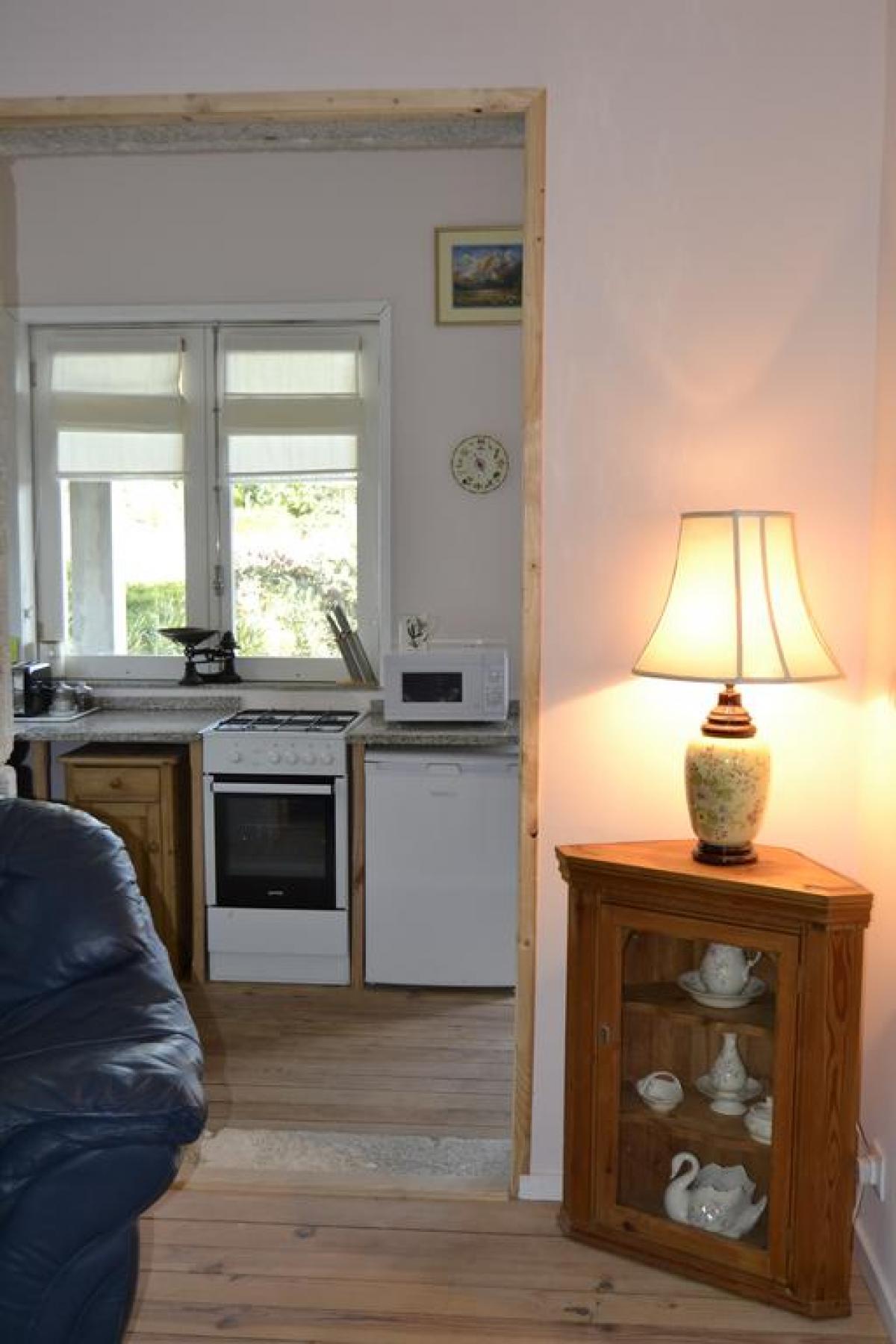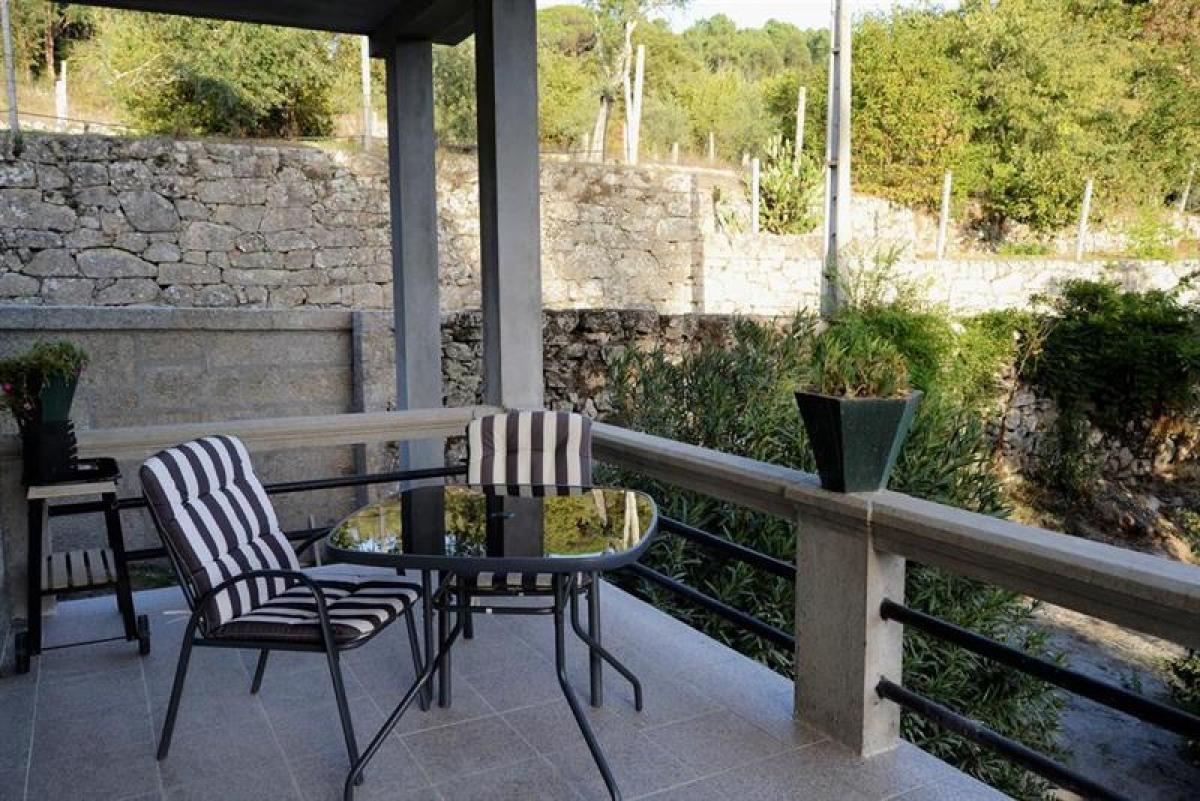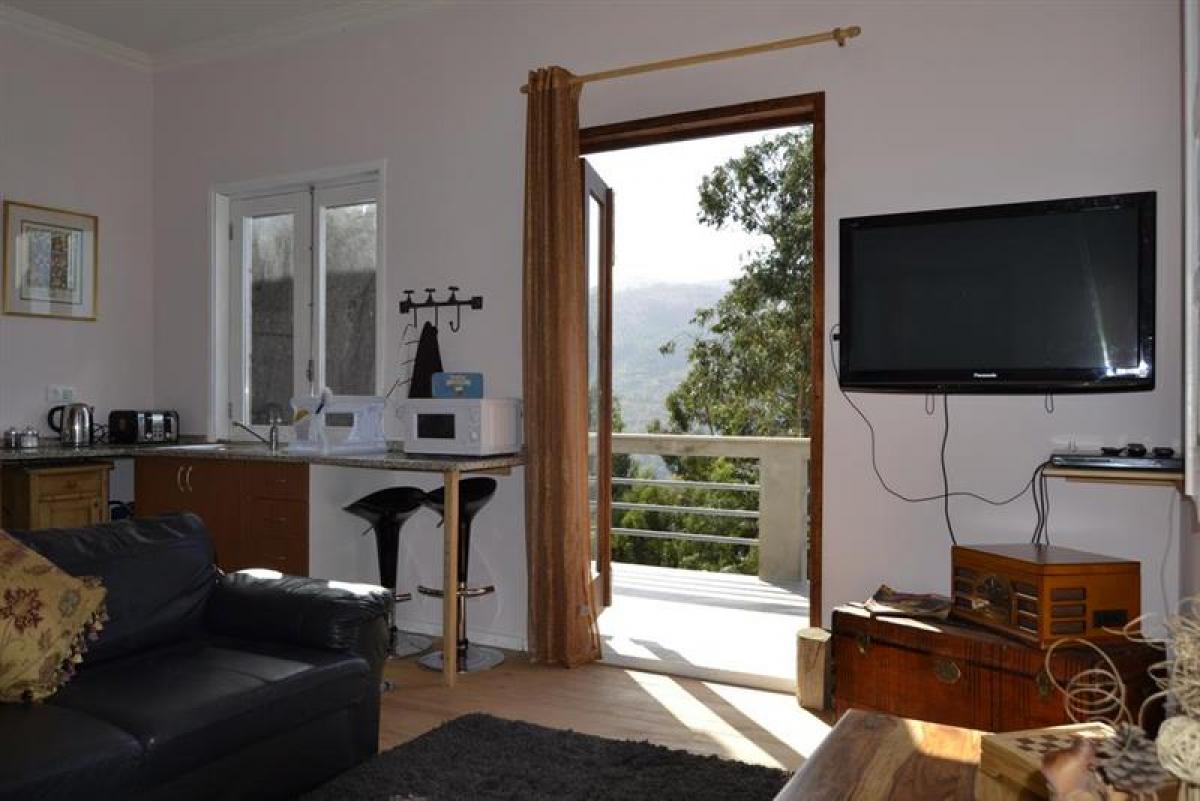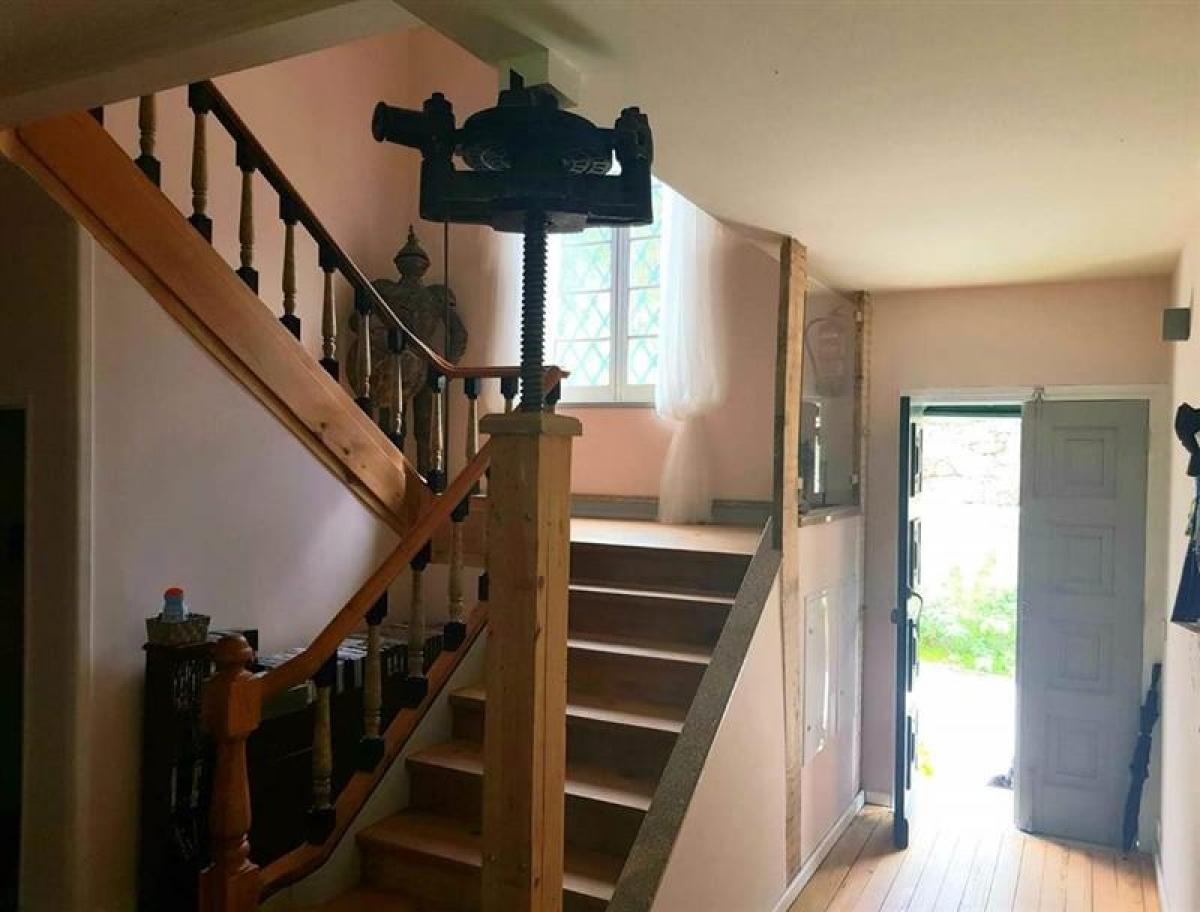Apartment For Sale
€550,000
Douro Valley, Loire, Portugal
8bd
Year Built: 0
Listed By: Euro Resales
Listed On: 06/09/2023
Listing ID: GL5338085
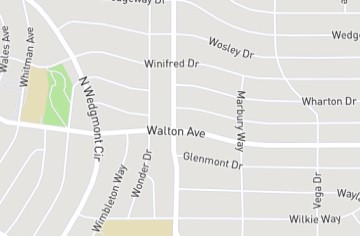
Description
our Beautiful Self Contained Apartments in Douro Valley PortugalEuroresales Property iD-9825280
About the Property:
4 self contained apartments. 1 x 1 bedroom, 2 x 2 bedroomed, 1 x 3 bedroomed.
All bedrooms ensuite.
Rental apartments to be sold furnished, superking beds that can be split in all bedrooms apart from 1 twin room in 3 bed apartment designed for children.
The Largest 2 Bedroomed apartment, which is the vendor's living space, will be mainly unfurnished but some furniture will remain.
Total bedrooms 8.
Total Bathrooms 9.
Private 20m pool for use by all clients.
The House is split into 3 levels with the vendor's apartment and apartment 1 on the ground floor and apartment 2 and 3 on the second floor.
Large cellar area which also incorporates pool/darts room.
750sq/m living space, 6,000sq m terraced land with productive olive trees.
Set in a rural mountainside village of the picturesque Bestancia river valley which itself merges into the Douro close-by at Port Antigo.
The historical market town of Cinfaes which offers all local shops and amenities is a short 7km drive across the valley.
Commercial Aspect
3 rental apartments with a maximum occupancy of 12 although families can have additional cots if necessary for babies and toddlers.
Casa do Campinho Cinfaes has operated from June to September, earnings for this period were in the region of €18,000
Casa do Campinho Cinfaes can be searched on AirBnB, Booking.com and Tripadvisor
About the Area:
The Latinized name Durius may go back to the name used by the Celtic tribes who inhabited the area before Roman times: the Celtic root is *dubro-. in modern Welsh, dŵr is "water," as well as dour in modern Breton with cognate dobhar in irish. in Roman times, the river was personified as a god, Durius.
Another long-established derivation suggests that the name Douro comes for the Portuguese word for "golden".
The Douro vinhateiro (winegrowing), an area of the Douro Valley in Portugal long devoted to vineyards, has been designated by UNESCO as a World Heritage Site. Traditionally, the wine was taken downriver in flat-bottom boats called rabelos, to be stored in barrels in cellars in Vila Nova de Gaia, just across the river from Porto. in the 1960s and 1970s, dams with locks were built along the river, allowing river traffic from the upper regions in Spain and along the border. Nowadays Port wine is transported to Vila Nova de Gaia in tanker trucks.
in 1998, Portugal and Spain signed the Albufeira Convention, an agreement on the sharing of trans-boundary rivers to include the Douro, Tagus and Guadiana. The convention superseded an original agreement on the Douro, signed in 1927, that was expanded in 1964 and 1968 to include tributaries.
it is the third-longest river in the iberian Peninsula after the Tagus and Ebro. its total length is 897 kilometres (557 mi),[9] of which only sections of the Portuguese extension below the fall line are navigable, by light rivercraft.[10]
in its Spanish section, the Douro crosses the great Castilian meseta and meanders through five provinces of the autonomous community of Castile and Leon: Soria, Burgos, Valladolid, Zamora, and Salamanca, passing through the towns of Soria, Almazan, Aranda de Duero, Tordesillas, and Zamora.
in this region, there are few tributaries of the Douro. The most important are the Pisuerga, passing through Valladolid, and the Esla, which passes through Zamora. This region is generally semi-arid plains, with wheat and in some places, especially near Aranda de Duero, with vineyards, in the Ribera del Duero wine region. Sheep rearing is also still important.
The drainage basin borders those of Mino to the north, Ebro to the east, and Tajo to the south.
For 112 kilometres (70 mi), the river forms part of the national border line between Spain and Portugal, in a region of narrow canyons. it formed a historical barrier to invasions, creating a cultural/linguistic divide. in these isolated areas, in which the Aldeadavila Dam impounds the river, there are protected areas: the international Douro Natural Park (on the Portuguese side) and the Arribes del Duero Natural Park (on the Zamoran margin).
The Douro fully enters Portuguese territory just after the confluence with the Águeda River; once the Douro enters Portugal, major population centres are less frequent along the river. Except for Porto and Vila Nova de Gaia at the river mouth, the only population centres of any note are Foz do Tua, Pinhao and Peso da Regua. Tributaries here are small, merging into the Douro along the canyons; the most important are Coa, Tua, Sabor, Corgo, Tavora, Paiva, Tamega, and Sousa. None of these small, fast-flowing rivers is navigable.


